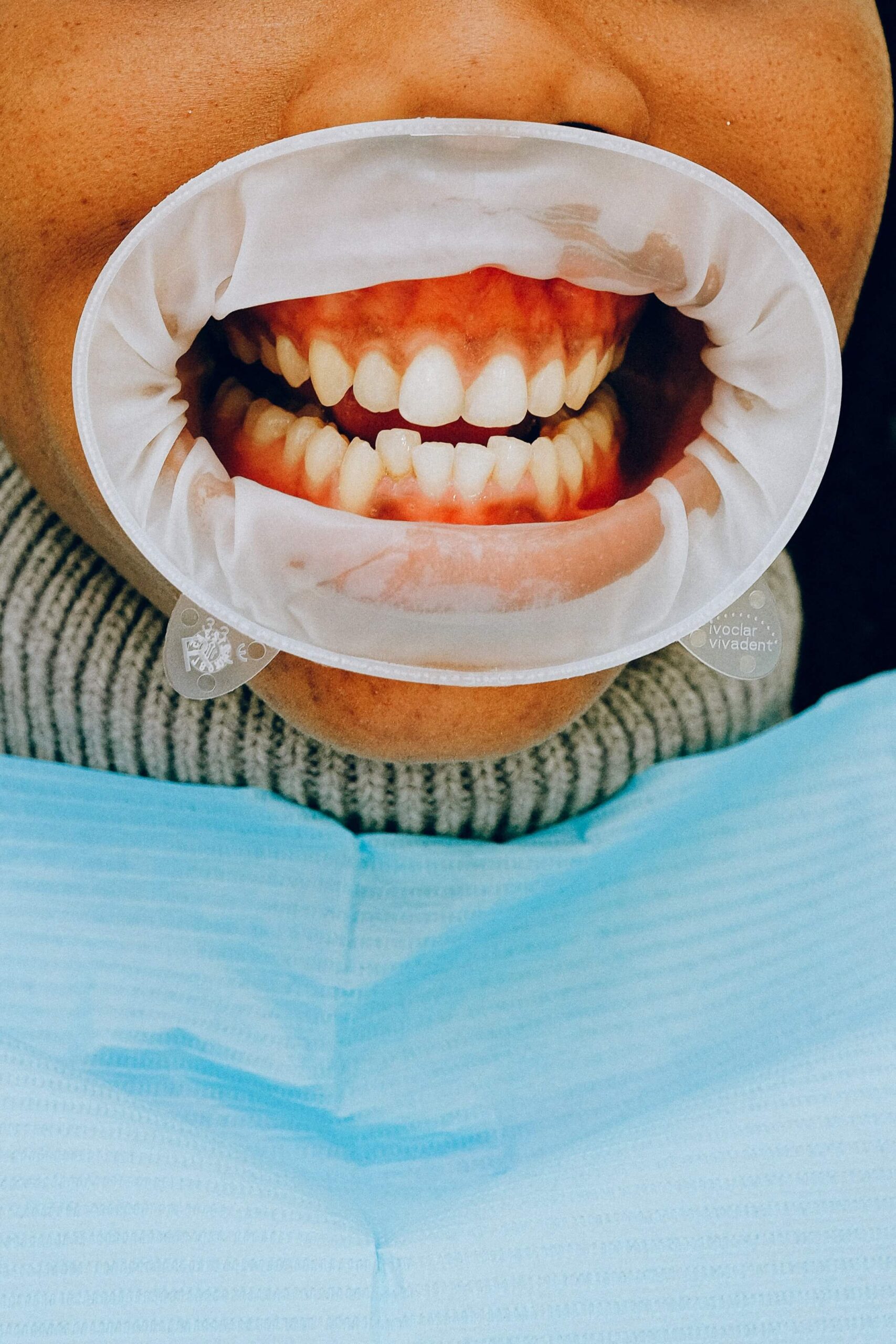How to get rid of Cavities ? 7 Hacks Unlock
Cavities
A cavity is a microscopic gap in a tooth caused by decay. There are a lot of different domestic remedies that you can use to cease collapse or prevent cavities from forming.
The formation of cavities
Plaque is a sticky bacterial film that forms on your teeth constantly.
They generate acids, therefore, digesting sugars in your food. When tooth enamel (the outermost layer of the tooth) is slowly dissolved by acids, rot can set in. Cavities are holes in the enamel.
Risk

Cavities do not repair on their own, and they’ll continue to deteriorate unless they’re treated in a dental clinic. If it worsens, you may encounter toothache and sensitivity, so visit your dental surgeon immediately for your comfort.
Health risks can additionally be connected with putting off dental treatment.
Bacteria can bring on a serious infection called a tooth abscess if they reach the pulp of the tooth. The soreness from a tooth abscess can keep you awake at night and bring on facial swelling, pain, and a fever. To prevent swelling and infection in the jawbone or anywhere else in the body, it is necessary to treat an abscess immediately.
A filling may be all that’s needed to repair cavities if they’re treated early. If treatment is delayed, When the cavity gets larger, more expensive treatments like root canals, placing a crown on the tooth, or even dragging the tooth may be required.
How to get rid of Cavities?
According to a 1930s survey, the theory that cavities are caused by a lack of vitamin D is supported by a 1930s survey. The survey showed that kids who included vitamin D in their diets had fewer cavities. On the contrary, the best results were found amongst those who included vitamin D in their diets, over and above eliminating grain products. This may be due to grains sticking to teeth.
Vitamin D weakness may make teeth more prone to collapse, but this is only a portion of the picture. Cavities can additionally be caused by:
- Medical conditions that cause dry mouth or decreased saliva production
- Eating sticky or clinging foods
- Sugary foods or drinks, that is, soda, cereal, and ice cream, are frequently consumed.
- Acid reflux (heartburn)
- Tooth rot due to inadequate dental hygiene
- Infant feeding at bedtime
Formerly, a cavity penetrates the dentin and can’t be removed at home. Preventing cavities or treating “pre-cavities” with the following domestic remedies could greatly enhance your oral health.
7 HACKS UNLOCK
1. The sugar-free gum

Clinical trials have shown that chewing sugar-free gum after meals assists in remineralizing enamel. Further studies are needed. Xylitol-containing gum has been extensively studied for its aptitude to stimulate saliva, raise plaque pH, and lop off S. mutans, but further studies are needed.
Various studies have protested that sugar-free gums contain a compound known as casein phosphopeptide amorphous calcium phosphate (CPP-ACP) lop S. Mutans prefer chewing gum with xylitol.
2. Vitamin D helps the body absorb calcium and phosphate from food.
Vitamin D Studies have displayed an inverse relationship between consuming foods high in vitamin D and calcium, loving yogurt, and cavities in young children. Dairy products, for example, milk and yogurt, contain vitamin D. Besides receiving vitamin D from the sun, you can additionally get it from food.
More research has challenged how vitamin D can affect dental health.
3. Use fluoride toothpaste to brush your teeth.
Children and adolescents have been the subjects of the vast majority of studies, so more research is wanted on grownups and the elderly.
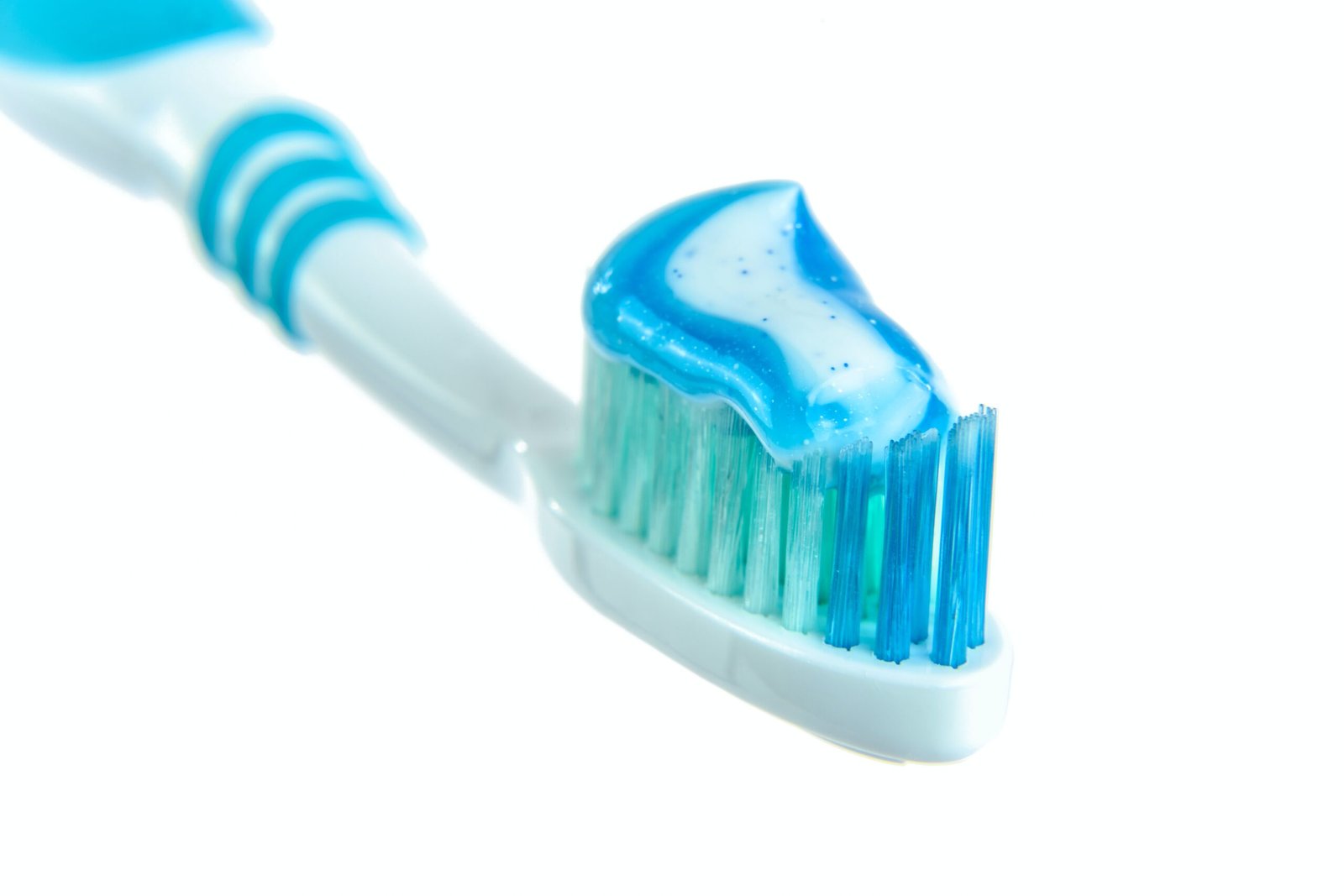
4. Stay away from sugary foods.
It’s the cavity remedy that nobody wants to hear: don’t eat so much sugar. Sugar consumption accounts for the vast majority of necessary risk factors for cavities. Sugar consumption should be less than 10% of total caloric intake per day, according to research.
Sugar should be eaten in moderation all day long rather than snacking on sweets. When the sugar has been removed, your enamel can remineralize. However, if you chew sugar all the time, your teeth won’t have time to remineralize.
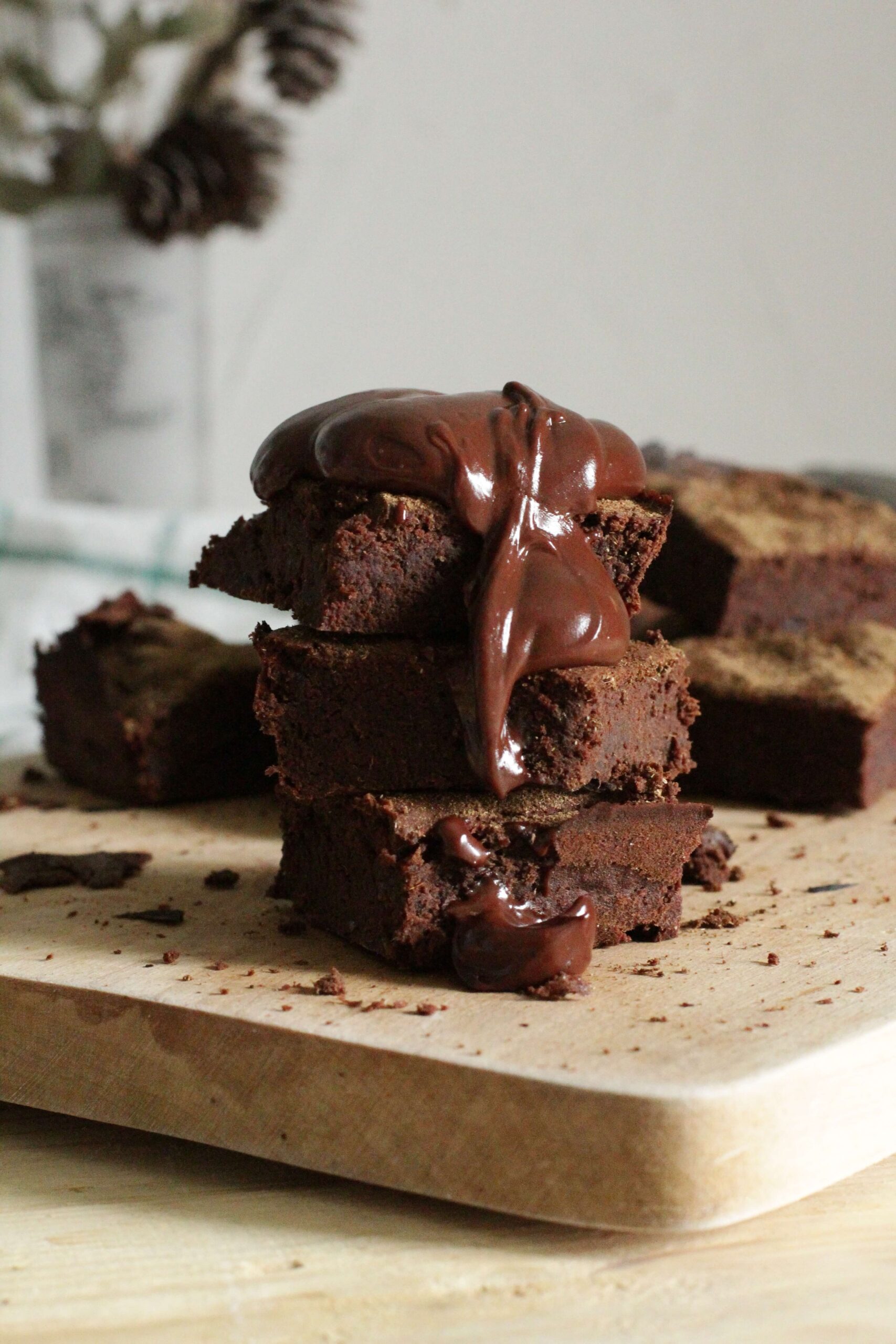
5. Oil extraction
Oil dragging is an extinct practice in which you swish around an oil, like sesame or coconut, in your mouth for about 20 minutes before spitting it out. According to the evidence, claims that oil dragging “removes toxins” from the body are bogus. Chlorhexidine mouthwash is just as efficient in slaughtering bacteria in the mouth as chlorhexidine. But a small, triple-blind survey of clinical tests with sesame oil dragging showed it to be just as efficient as chlorhexidine mouthwash at reducing plaque, gingivitis, and bacterial levels in the mouth. This set aside needs in addition to studying.
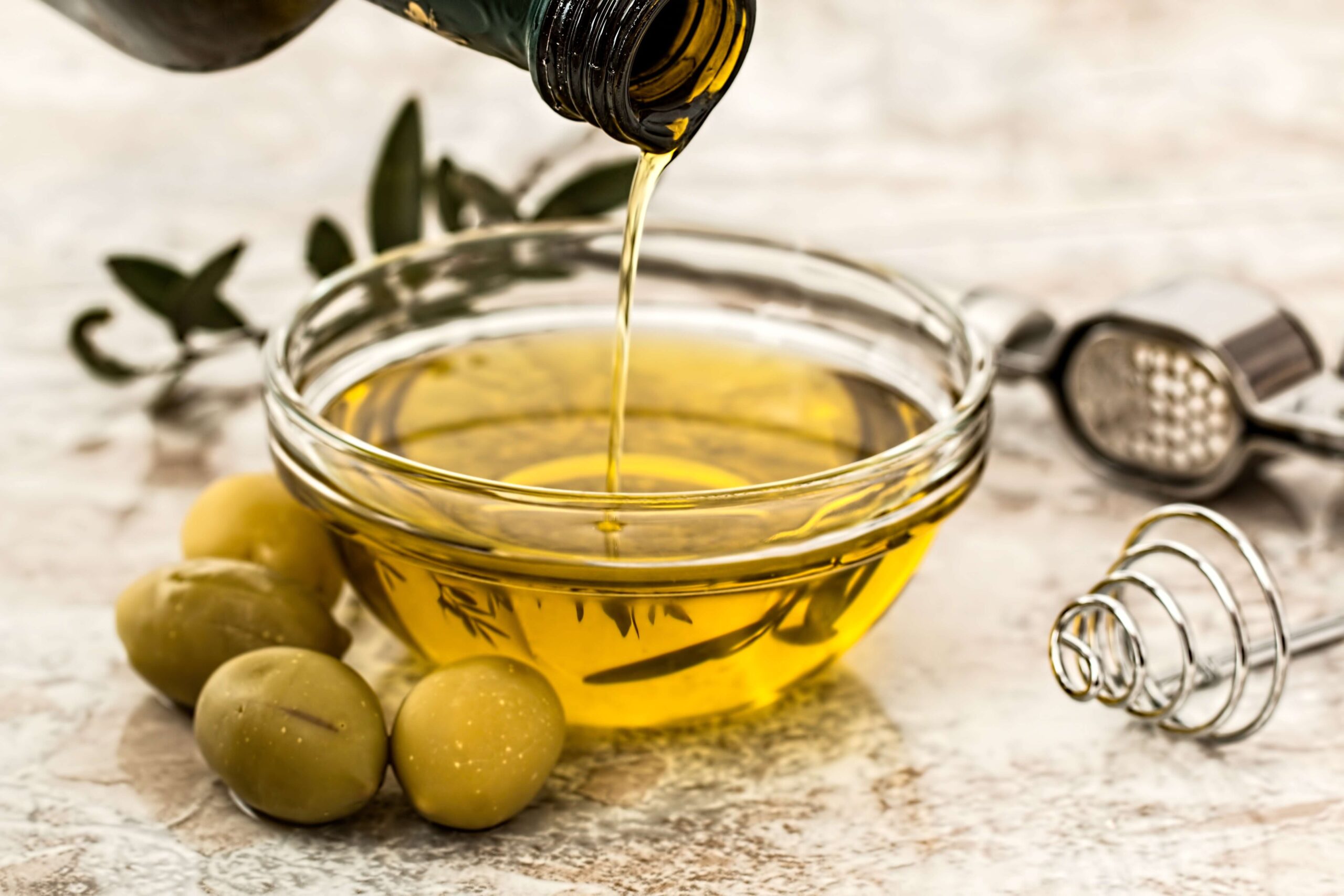
6. Root of Licorice.
Bacterial cavities can be treated with extracts from the Chinese licorice plant (Glycyrrhiza). The creator of a licorice lollipop has taken this research one step further to help fight tooth decay. Lollipops containing licorice extract reduced S significantly. Preventing cavities with mutants in the mouth. There is a requirement for more long-term and large-scale studies.
7. Dental care.
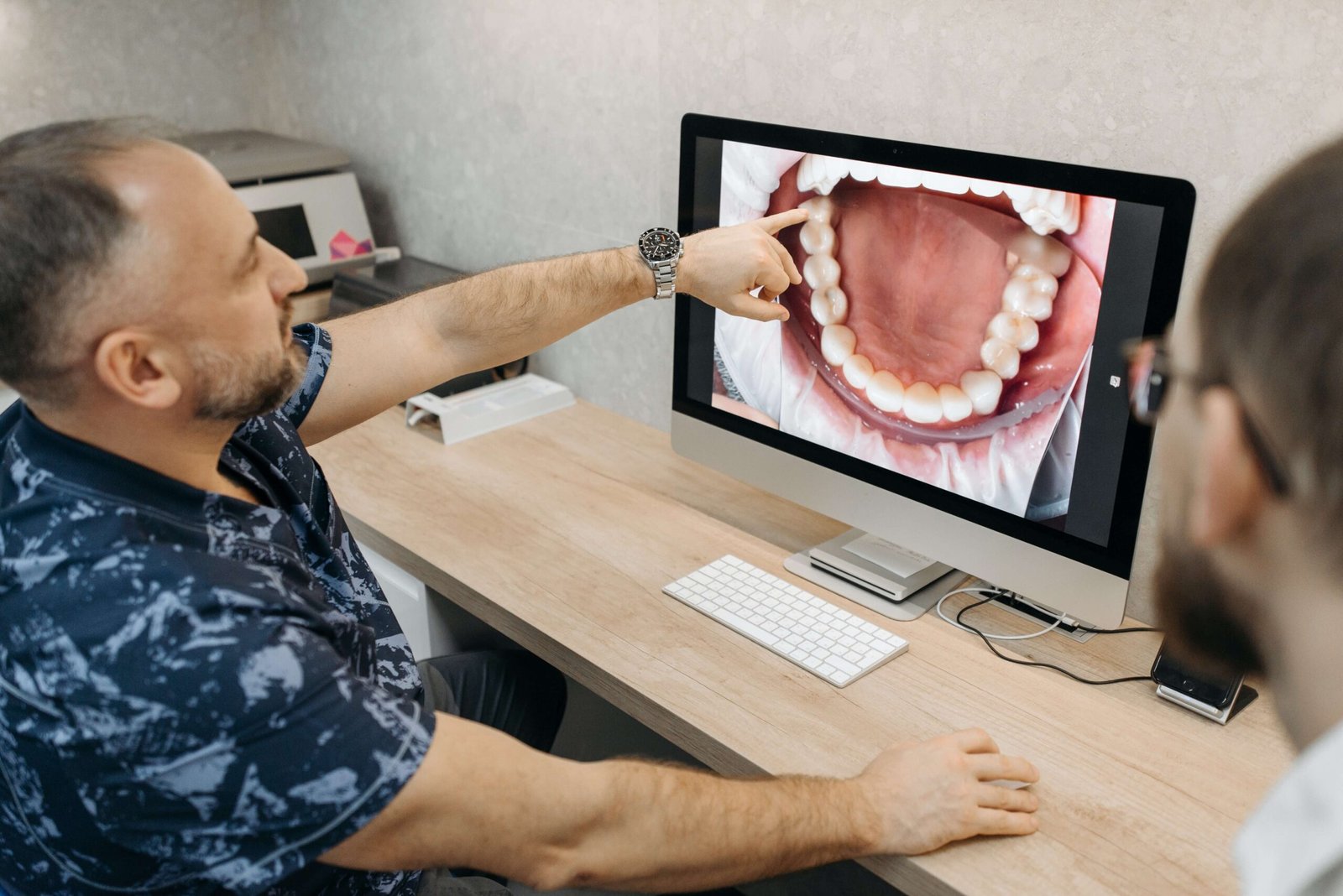
Often, dental problems, including deep cavities, develop without any pain or other symptoms. Checking your teeth regularly is the best way to catch a cavity before it becomes serious. Early diagnosis leads to easier treatment. Professional fluoride treatments acquire more fluoride than the toothpaste and mouth rinse you can stock up at a store. Your dental surgeon may prescribe stronger fluoride if you need it daily.
Here’s the bottom line:
On their own, Vitamin D, oil pulling, licorice lollipops, chewing gum, and other domestic remedies don’t suffice on their own to get rid of cavities. However, these methods may prevent cavities from getting bigger and new ones from forming. Ideally, they can help remineralize the softened or feeble areas of your enamel before cavities can occur.
